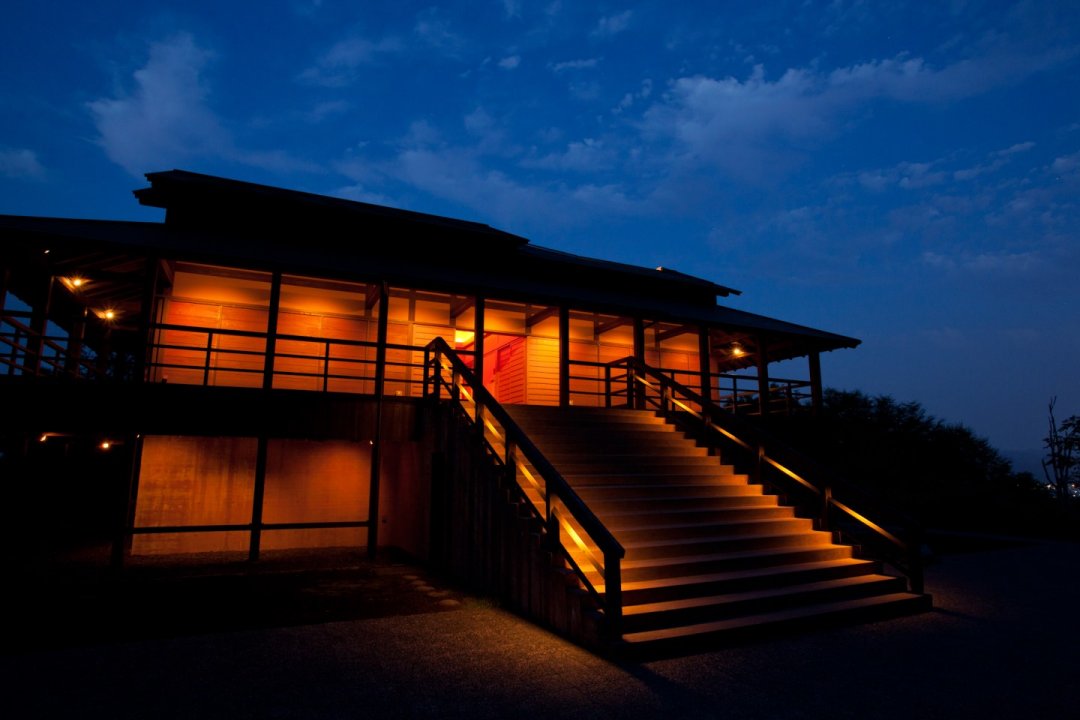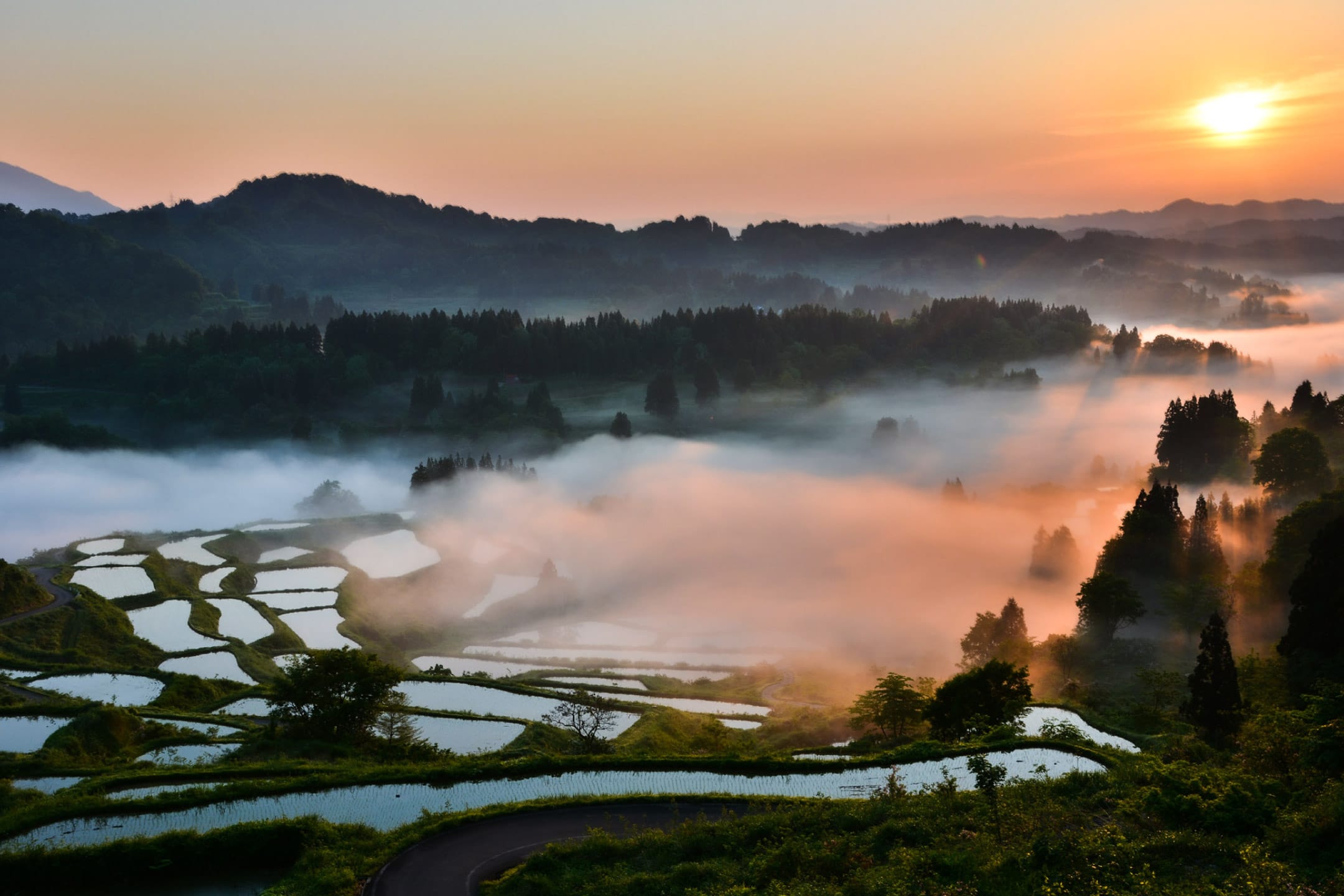
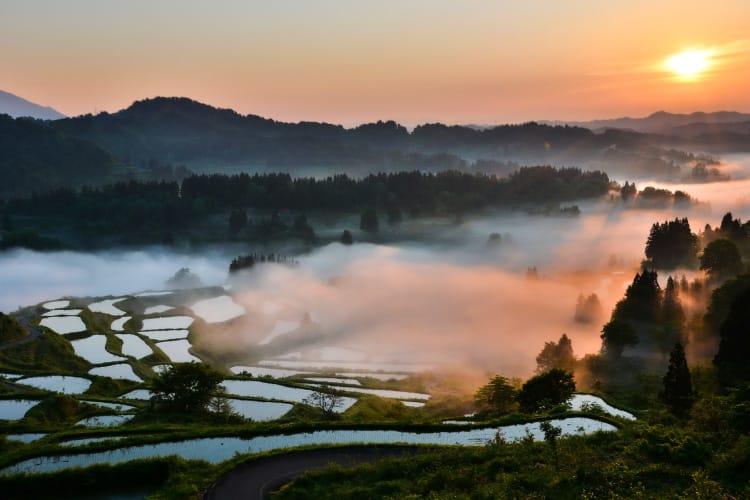
Photo by: Tokamachi City Tourism Association
About Echigo-Tsumari Art Triennale
The Echigo-Tsumari Art Triennale (ETAT) is one of the largest art festivals in the world as well as the pioneer of regional art festivals taking place across Japan. It has provided an alternative way to explore satoyama following artworks as guidling lights which has received a great attention both within and outside Japan as a leading practice of community building by art.
Where does it take place?
It is presented at the Echigo-Tsumari region in Niigata (called the Echigo-Tsumari Art Field) one of the regions in Japan known for heavy snowfall in winter where ageing and depopulation are rapidly advancing. The region is still filled with “satoyama” life where people engage with land through agriculture and artworks are installed in nature throughout the year.
The six areas
The six areas
When does it happen?
The ETAT has been held once every three years since 2000. The eighth iteration of the festival will be held in 2021. The 2018 ETAT attracted approximatley 540,000 visitors, bringing economic effect and contributing to expansion of employments and tourism.
Past Triennales
Past Triennales
Can we visit inbetween ETAT?
In addition to the approximately 200 artworks to visit, seasonal exhibitions, events and guided tours are organised throughout the year while some of the artworks and closed schools are open as restaurants, cafes and accommodations. The ETAT aims to reveal existing assets of the region using art as a catalyst, rediscover their values, communicate these to the world and find a way to revitalise the region.
Activities Throughout The Year
Activities Throughout The Year
What is the concept of ETAT?
1. Human beings are part of nature
The Echigo-Tsumari region has been cultivating its land for rice production under the harsh condition imposed on by heavy snowfall since the Jomon era. Local people here have been exploring how to engage with the inseparable relationship between human beings and nature while managing the tight-knitted communities. This is the origin of the concept “human beings are part of nature”, which has become the overarching concept for every program. Regional development in the Echigo Tsumari region is advanced with the aim to present a model for how people can relate to nature.
2. A journey to explore Satoyama landscape following artworks as guiding lights
ETAT scatters artworks across approximately 200 villages in the region, attempting to pursue thorough inefficiency as opposed to the rationalisation and optimisation in the contemporary society. In addition to the 200 some permanent collections by artists from around the world, new artworks are created for every triennale. By following artworks which increase the beauty of Satoyama and reveal time that has passed over generations, visitors release their five senses and fully remember the wonder and memories of life.
3. Cooperation beyond generations, regions and backgrounds
For the ETAT, artists often have to create their artworks on a piece of land of somebody’s and thus engaging with the local community is essential. Gradually their passions are appreciated and local people started to help production of the artwork as collaborators. Moreover, young people from metropolis participate as volunteers. Such encounters between “the old people spending their time on farming in depopulating area” and “students aimlessly passing time in the city” brought collisions and confusions first and then transformed into appreciation and cooperation.
4. Making an alternative value out of existing.
The abandoned house and closed school projects represent what the ETAT is about. Approximately 100 projects have been executed to revitalise the huge amount of abandoned houses and pass on memories and wisdoms of the community for future generations. The closed schools which once functioned as places for bringing people in the community together now present many artworks and stand as key places in the community again. These projects have become integrated part of the community and utilised beyond the conventional framework of artworks.
5. Unique hub facilities
Heavy snowfall, villages, terraced rice field, mabu (hand-dug cave), Jomon earthenware, and modern civil engineering structures - those distinctive features of the Echigo-Tsumari region appear in the artworks and architectures by internationally acclaimed artists and architects and connect villages. These artworks and architectures are microcosm of the Echigo-Tsumari region which fully highlight uniqueness and attractiveness. Some artworks were created as the public works including toilets, parks, tunnels and accommodations which are open to visitors to experience as permanent artworks.
6. Art of living (Art de vivre)
Anything that human beings have created are “art” and “art of living (art de vivre)” constitutes the origins of this concept. “Food” is its important element and the ETAT has been focusing its attention on “food” in the belief that it is the most primitive representation of art. “Food” plays significant role of bringing local people into the spotlight.
7. Global / Local
There are many women from countries in Asia living in the Echigo-Tsumari region who came to get married. This place connects the depopulating and ageing region in Satoyama with the rest of the world. By inviting artists from overseas into the region have resulted in new exchanges and cooperations beyond borders are expanding with participation by cultural institutions from abroad. People in the regional villages connect with the outer world. Embracing the world with the network of individuals present every potential for future.
What kind of artworks are on site?
Approximately 200 artworks which are born from the region such as large-scale outdoor sculptures utilising nature, closed schools and abandoned houses, as well as an artwork making use of the entire tunnel are presented as permanent collections.
List of artworks / artists
List of artworks / artists

About General Director

Fram Kitagawa
Born in Niigata Prefecture in 1946. Graduated from Tokyo University of the Arts. General Director of the Echigo-Tsumari Art Triennale, Setouchi Triennale, the Northern Alps Art Festival and the Oku-Noto Triennale.
Kitagawa has received high praise for his involvement in activities related to community development, such as his lead role in the planning of the Faret Tachikawa Art Project and the cultural activities he oversees at the Daikanyama Hillside Terrace. He is the recipient of many awards, including the Ordre des Arts et des Lettres from the French Republic, the Order of Culture from the Republic of Poland, the 2006 Japanese Education Minister’s Award for Art (in the field of art promotion), and the Order of Australia: Honorary Member (AO) in the General Division (2012). He was also awarded the Japanese Medal of Honor with Purple Ribbon in 2016,the Asahi Prize in 2017 and Person of Cultural Merit in 2018.
Kitagawa has received high praise for his involvement in activities related to community development, such as his lead role in the planning of the Faret Tachikawa Art Project and the cultural activities he oversees at the Daikanyama Hillside Terrace. He is the recipient of many awards, including the Ordre des Arts et des Lettres from the French Republic, the Order of Culture from the Republic of Poland, the 2006 Japanese Education Minister’s Award for Art (in the field of art promotion), and the Order of Australia: Honorary Member (AO) in the General Division (2012). He was also awarded the Japanese Medal of Honor with Purple Ribbon in 2016,the Asahi Prize in 2017 and Person of Cultural Merit in 2018.
How to get there?
Echigo-Tsumari region (Tokamachi-city and Tsunan-town in Niigata prefecture) is located at the southern tip of Niigata Prefecture. Head to Tokamachi station, the gate to the region on Hokuetsukyuko Hokuhoku Line / JR from Tokyo or Nagoya on a bullet train or from Niigata Airport by air.
Access
Access
Who is running ETAT?
Led by Administrations of Tokamachi-city and Tsunan-town with NPO Echigo-Tsumari Satoyama Collaborative Organisation, the ETAT has been the outcome of co-operations amongst official supporters consisting of head of IT companise, entreprenaures, and influencers, copmanies and organisations.
Related Organisations
Related Organisations
Find out more about ETAT
Art from the Land: Thinking 21st century art in the world from Niigata” is a web magazine consisting of a series of essays by Fram Kitagawa, General Director of the ETAT, reports of visits to the Echigo-Tsumari region featuring artists and celebrities, articles highlighting individual artworks, information on foods and guided tours for visitors, interviews on supporters and local people as well as series of articles by staff members of the operation team. The main visual of the web magazine is kept updated every month.
Art from the Land
Art from the Land
Available Tours
Check reasonable guided bus tours departing from Tokyo. Enjoy as many artworks as possible by exploring the vast area in a day.





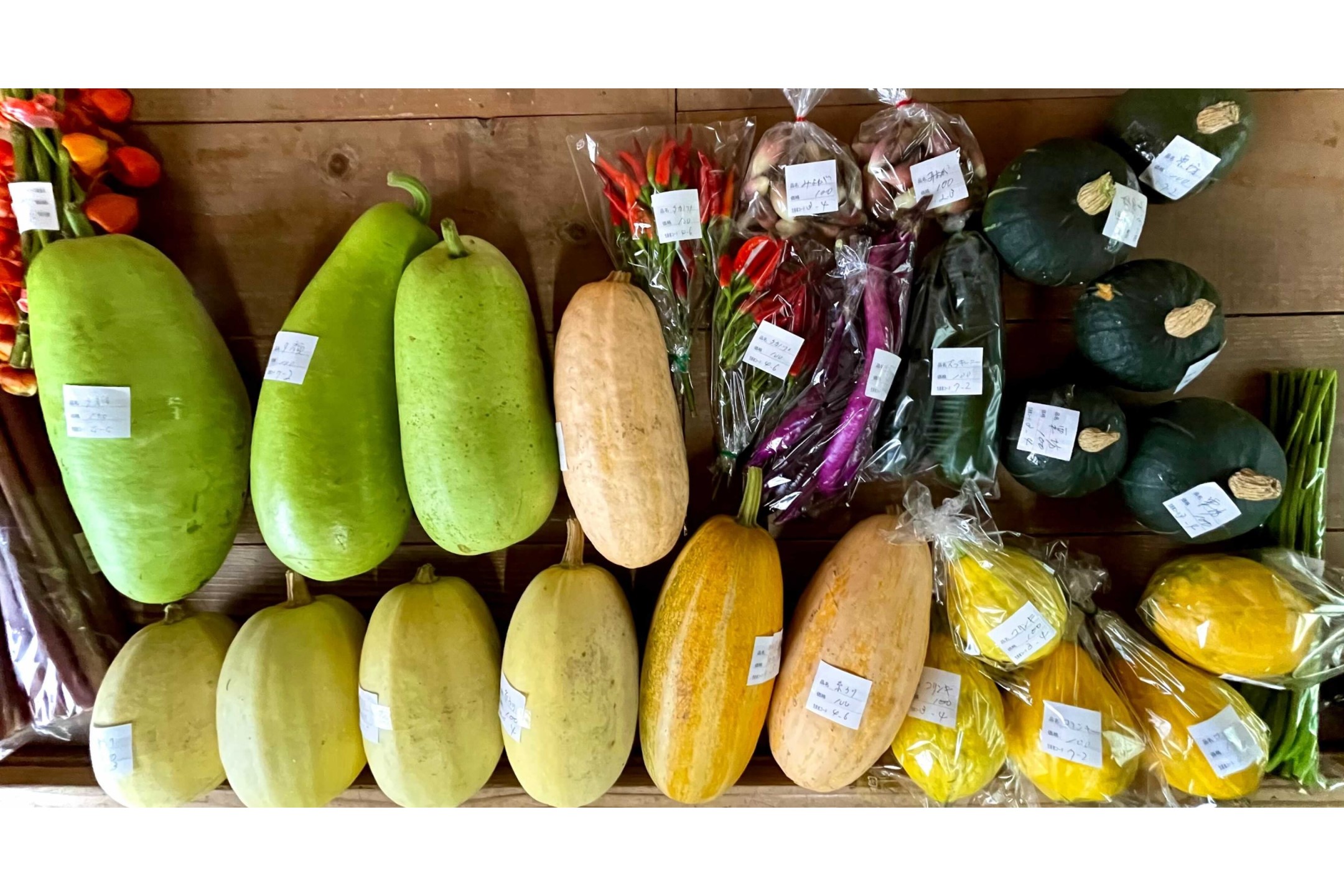
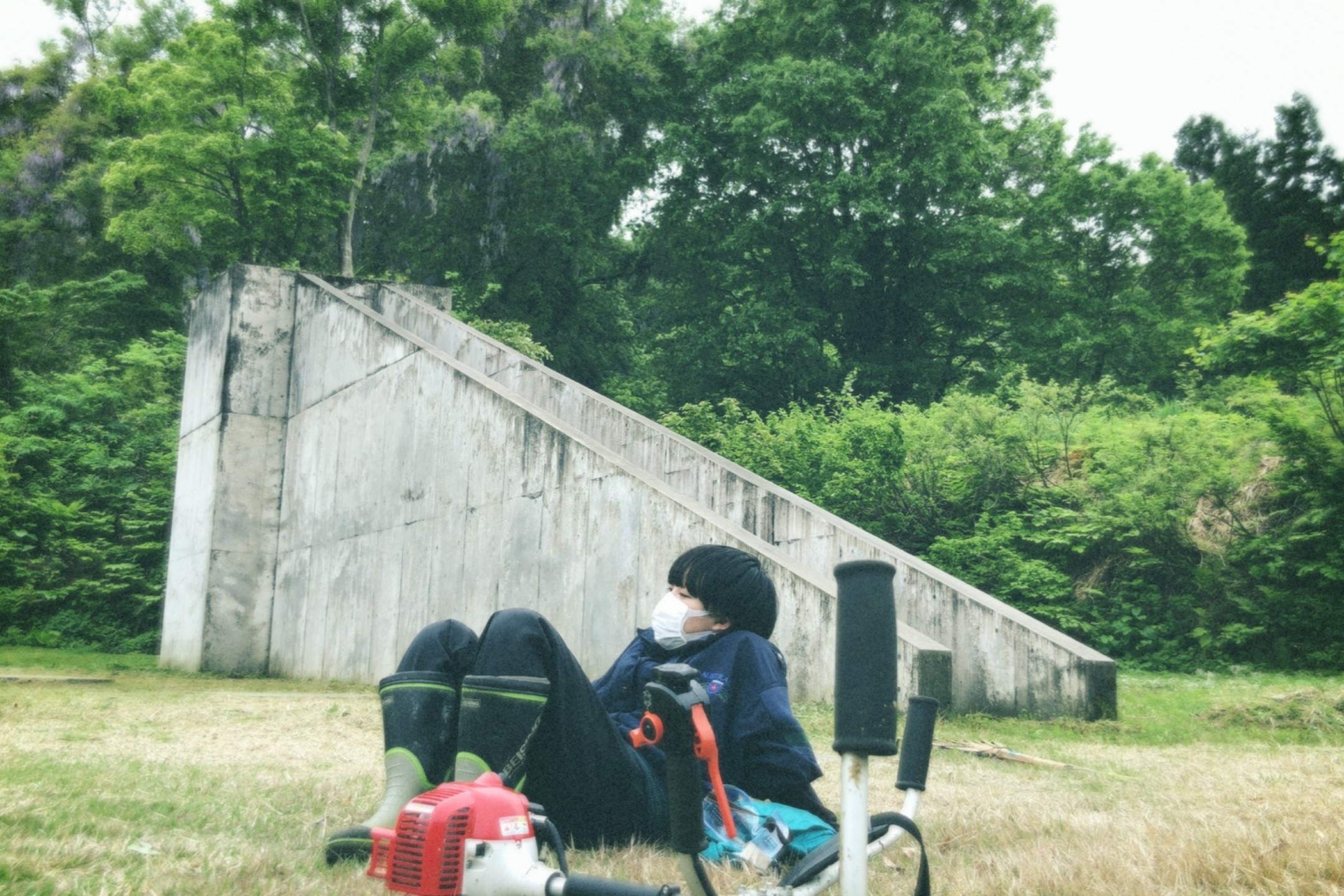
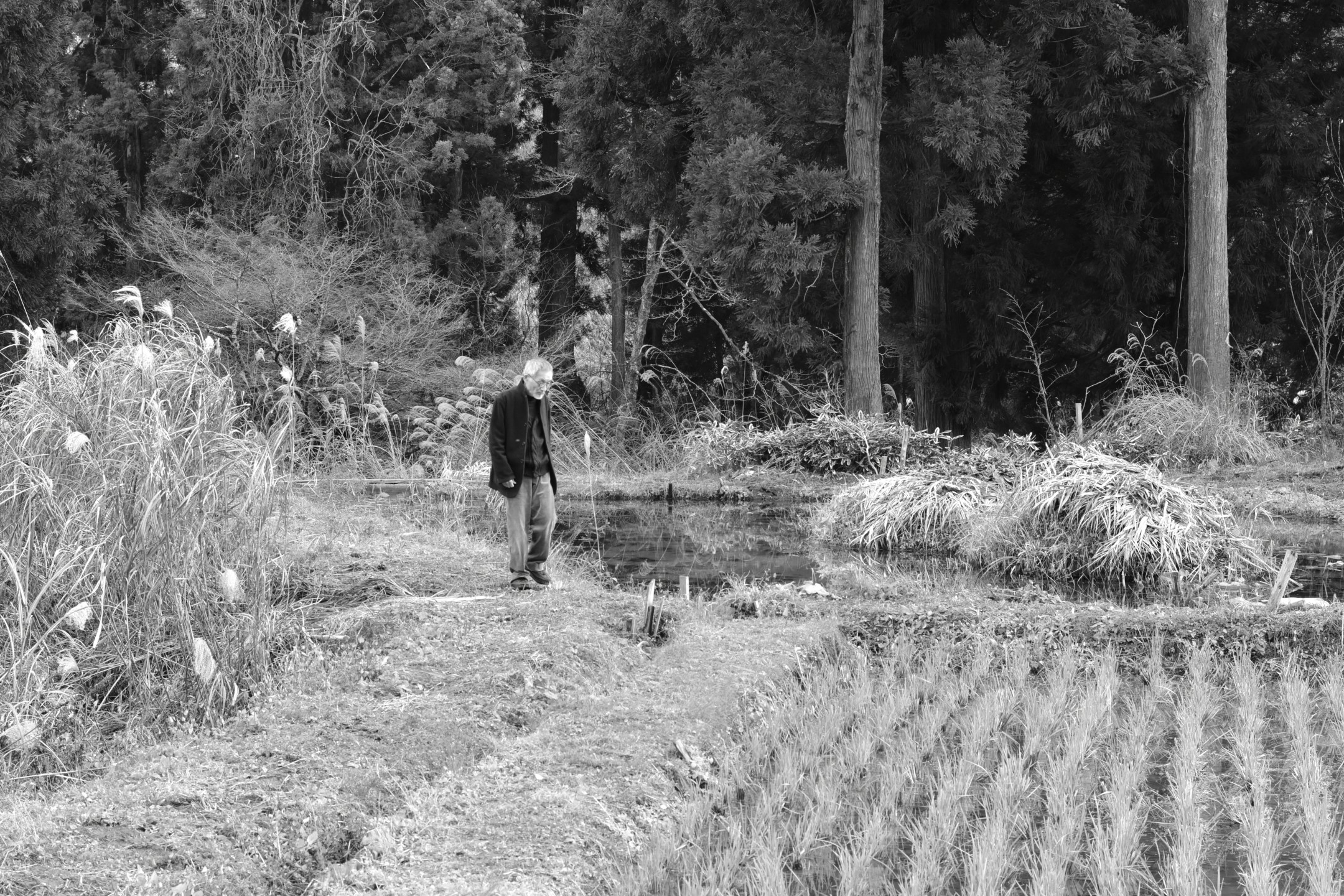
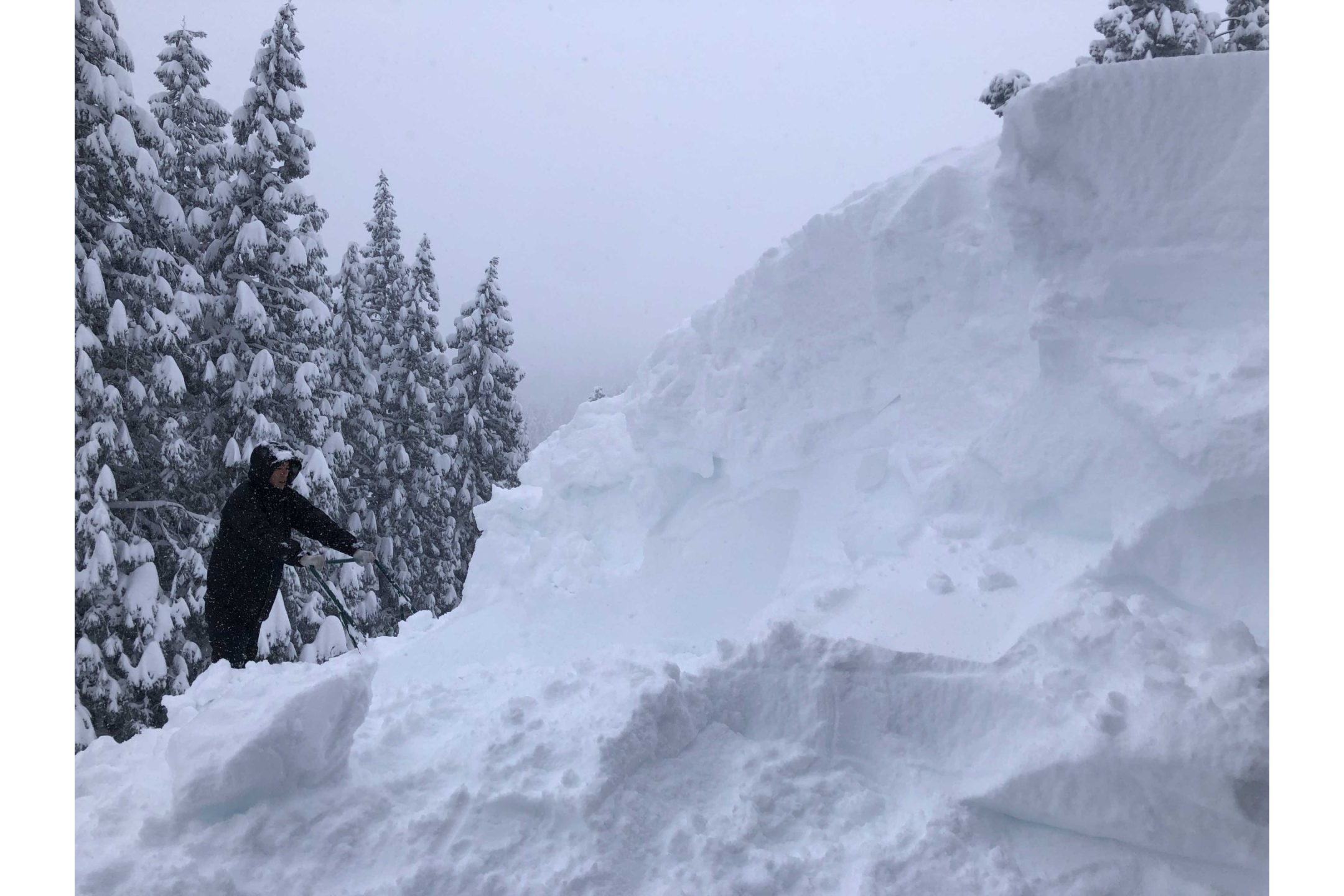
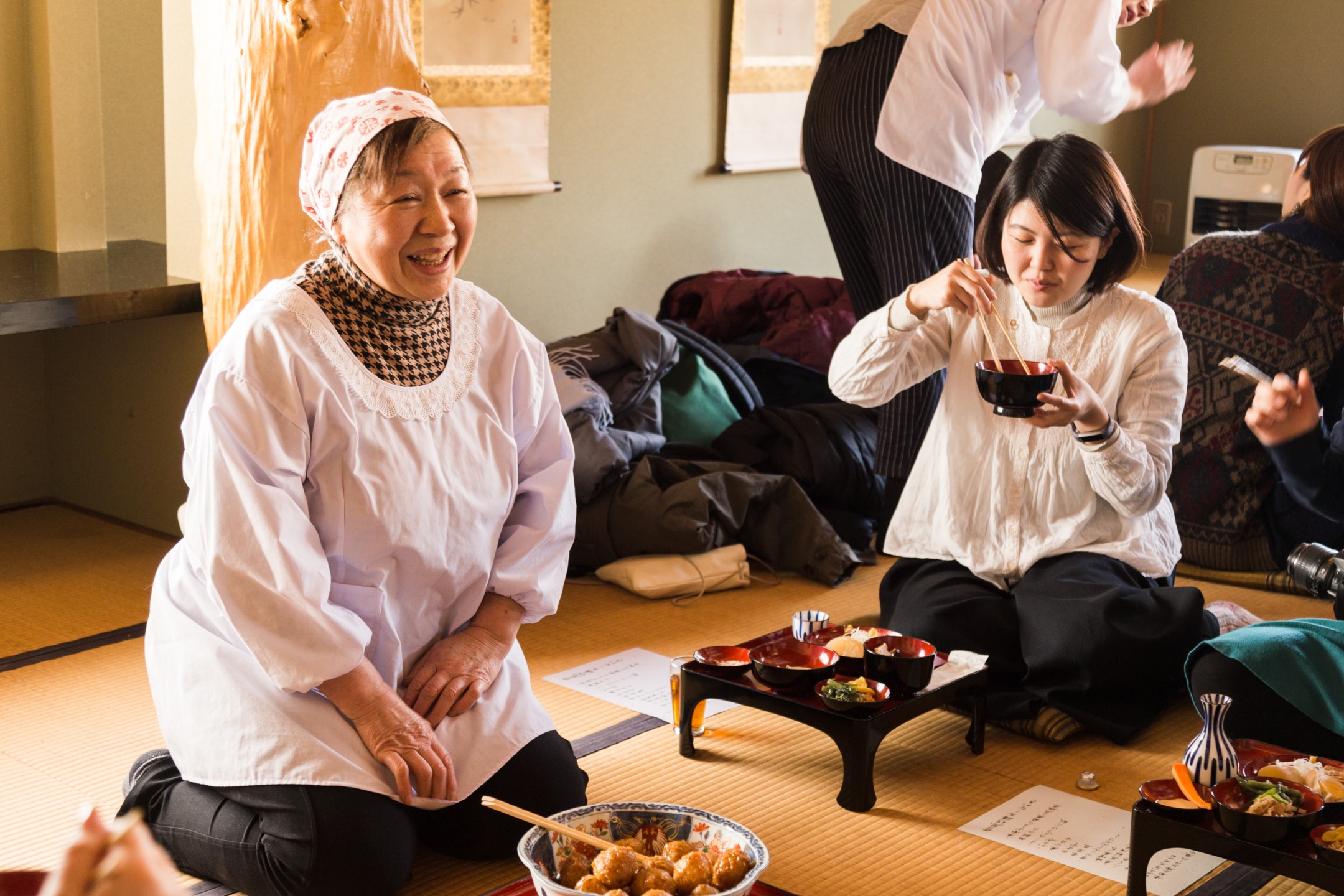

_cなし-1080x720.jpg)
